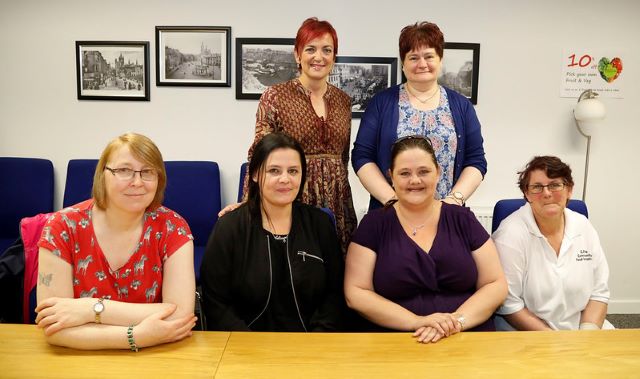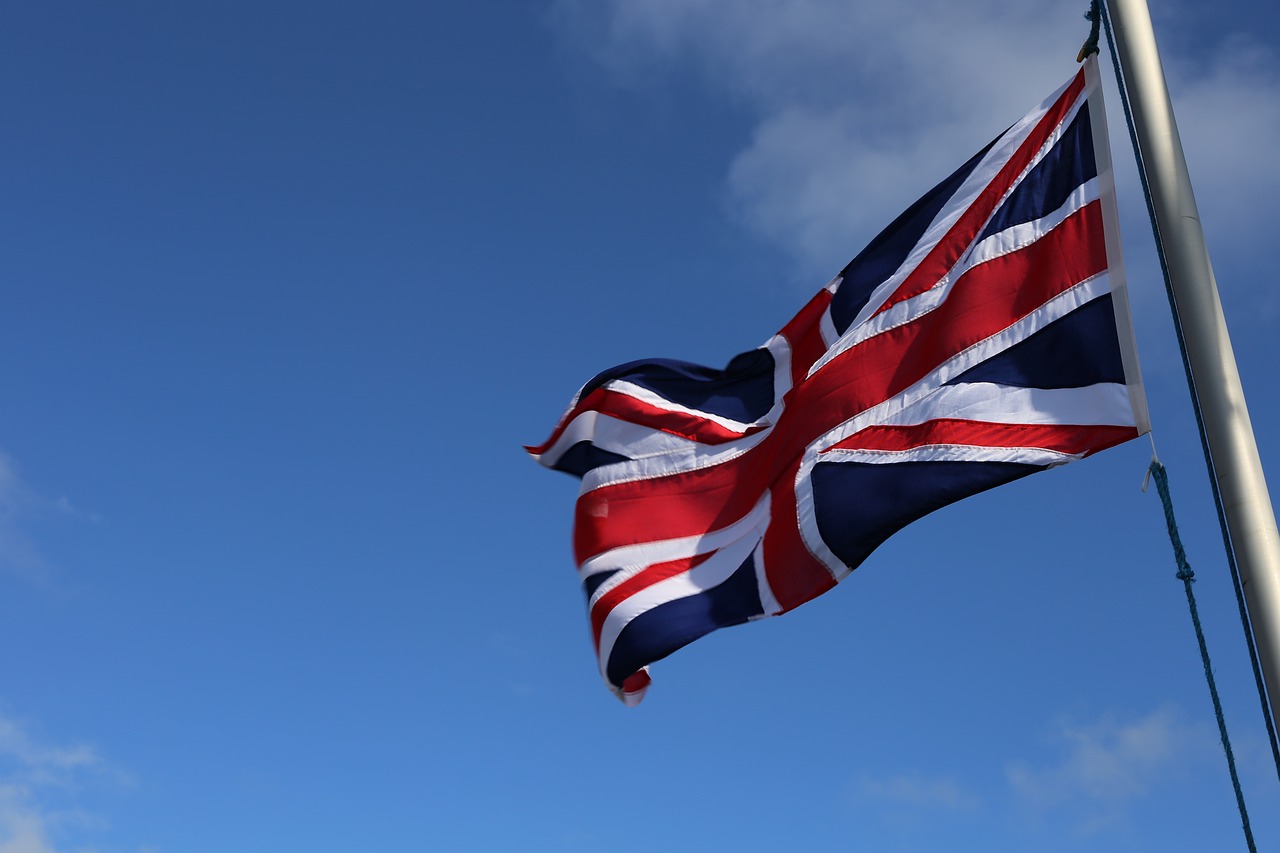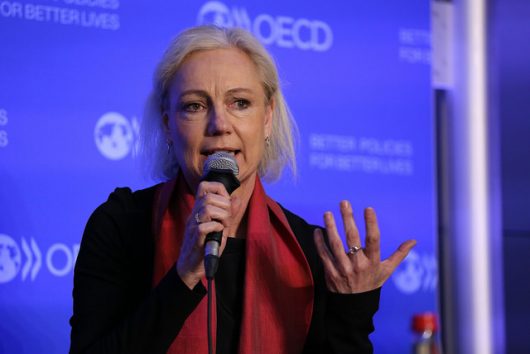 The Forest Peoples Program (FPP) is a nonprofit based in the United Kingdom (U.K.) and the Netherlands. The organization focuses on aiding indigenous and forest communities globally. The charity works with these communities to support their livelihoods, which rely on the forest.
The Forest Peoples Program (FPP) is a nonprofit based in the United Kingdom (U.K.) and the Netherlands. The organization focuses on aiding indigenous and forest communities globally. The charity works with these communities to support their livelihoods, which rely on the forest.
According to the Forest Peoples Program, indigenous communities protect more than half of the land but only formally own 10%. The FPP helps the 300 million people living in forests secure their rights.
Five Facts about the Forest Peoples Program
- It aids indigenous communities with self-determination. The United Nations (U.N.) notes that one of its purposes is the “principle of equal rights and self-determination of peoples.” Self-determination is the freedom of choice without external input. Regarding indigenous communities, self-determination means they should control their development. This idea includes economic and cultural decisions. In addition, the population should have the right to self-governance concerning local matters.
- The Forest Peoples Program works with these communities on a legislative level. The organization works to implement policies in the interest of indigenous people. For example, the FPP issued a 2022 annual report that noted the growth of its Strategic Legal Response Centre. This program allowed indigenous individuals to access legal action to support their land rights.
- It strives toward gender equality within indigenous communities. Within its humanitarian work, the Forest Peoples Program aims to create an inclusive environment for indigenous women. This idea includes working with organizations that specifically aid women and generating Gender Workshops. The FPP worked with the Sengwer people in 2016, an indigenous community in western Kenya. The organization advocated against illegal evictions that have been on the rise since 2014. The organization specifically focused on female experiences during these evictions. The report revealed that the evictions impacted women and children more than men.
- It supports indigenous-led education. According to the Australian government, in 2018, only 49% of indigenous students recorded more than 90% attendance. This gap reveals how underrepresented indigenous cultures and voices are within educational institutions. However, between 2020 and 2021, the Forest Peoples Program co-founded the Global Network on Indigenous-led Education (ILED). The network grew under a range of organizations that share the goal of supporting holistic education. These organizations, such as the FPP, aimed to combat the marginalization of indigenous people within traditional education structures.
- The organization has been reaching milestones since the 1990s. The FPP has been operating for more than 30 years. Since the 1990s, the organization has supported countless developments for indigenous rights. The year 1992 saw the creation of the International Alliance of Indigenous and Tribal Peoples of the Tropical Forests. This group was the first of its kind, allowing indigenous people to use their voices in “international fora and meetings.”
A Look Ahead
More recently, in 2015, the FPP supported the development of the first autonomous indigenous government. The government was in the Wampis nation, located in Peru. As a result, the government integrated 1.3 million hectares of ancestral territory to strengthen the region politically.
The Forest Peoples Program continues to aid indigenous communities facing poverty. Providing access to legal action gives these communities more stability as they obtain land rights. In addition, the FPP assists indigenous gender equality as women are more dependent on access to land and resources. The organization strengthens indigenous-led education and legislation to preserve indigenous traditions and voices.
Overall, indigenous representation is crucial in tackling poverty, as the FPP protects indigenous livelihoods and underrepresented communities.
–Bethany Brown
Photo: Flickr
 A branch of computer science that makes
A branch of computer science that makes  The United Kingdom has a population of approximately
The United Kingdom has a population of approximately  On November 24, 2020, a groundbreaking moment occurred that changed the struggle against period poverty. The Scottish Parliament passed the
On November 24, 2020, a groundbreaking moment occurred that changed the struggle against period poverty. The Scottish Parliament passed the  With the
With the  January 31, 2020, was a historic day for the European Union, for it marks the day the United Kingdom left the Union based on a public vote (referendum) held in June 2016.
January 31, 2020, was a historic day for the European Union, for it marks the day the United Kingdom left the Union based on a public vote (referendum) held in June 2016.  As one of the most economically developed countries in the world, the U.K. plays a tremendous role in global prosperity. In 2017, the United Kingdom’s gross domestic product per capita was
As one of the most economically developed countries in the world, the U.K. plays a tremendous role in global prosperity. In 2017, the United Kingdom’s gross domestic product per capita was 


